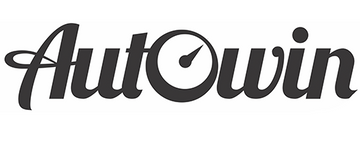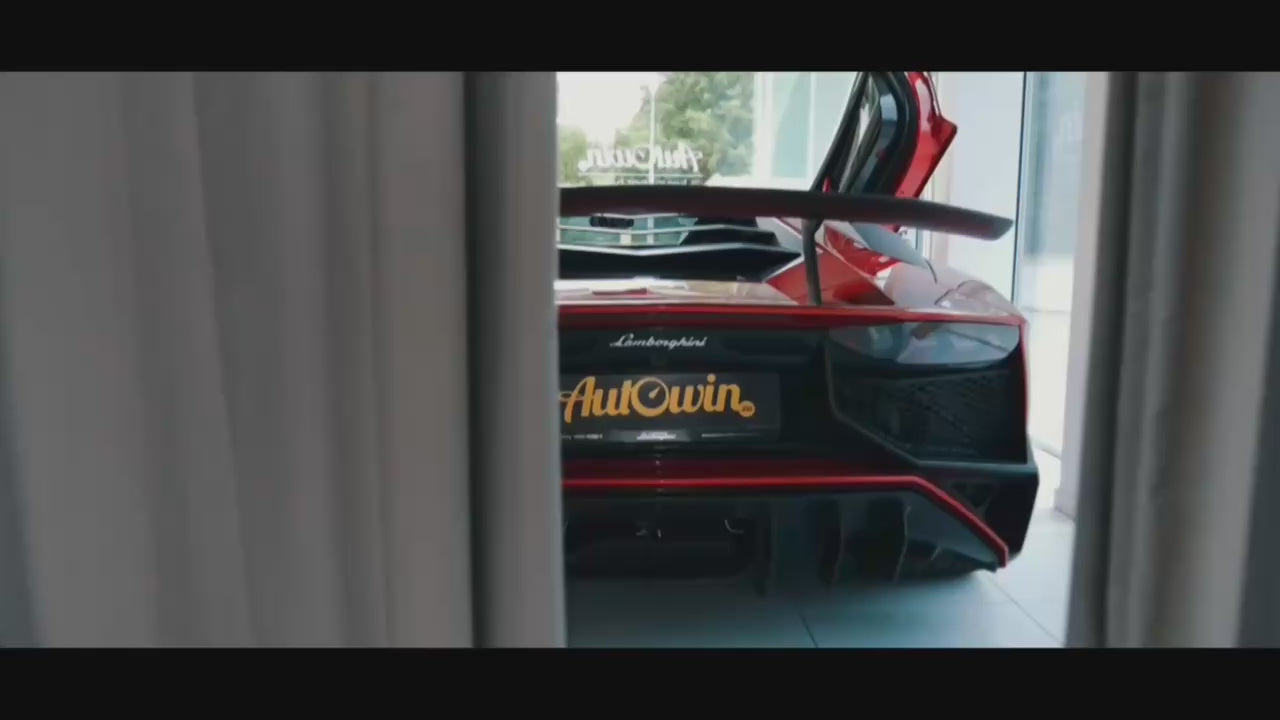Selling a Crashed Car: Tips and Best Practices from Someone Who’s Been There

After two decades mucking around with cars, I’ve had the dubious pleasure of offloading more than one bent fender and airbag-dusted dashboard. Selling a crashed car isn’t glamorous, but it doesn’t have to be a wallet-draining melodrama either. With the right prep, you can move it on quickly, safely, and for fair money. Here’s the playbook I wish someone had shoved into my glovebox the first time I crunched a quarter panel.
Where to Start When Selling a Crashed Car
First things first: decide your goal. Fast cash? Max value? Minimal hassle? When my wagon met a rogue deer at 2 a.m., I had to choose between wringing out every last dollar or getting my driveway back by the weekend. Your call will steer you to the right buyer.
Best Places for Selling a Crashed Car
There are five realistic routes. I’ve tried four of them. Here’s how they stack up in the real world:
| Option | Typical Payout | Speed to Cash | Effort | Best For | Notes |
|---|---|---|---|---|---|
| Junkyard/Salvage Yard | 10–30% of pre-accident value | Same day–2 days | Low | When you want it gone now | Often includes free tow; price based on metal weight and parts demand |
| Private Buyer (DIY rebuilder) | 25–60% of pre-accident value | 3–14 days | Medium–High | Maximizing money | Requires detailed photos, transparency, and fielding flaky messages |
| Dealership | 15–40% of pre-accident value | 1–3 days | Low | Trade-in convenience | They’ll wholesale or fix; expect conservative offers |
| Independent Repair Shop | 20–45% of pre-accident value | 2–5 days | Medium | Popular models with easy parts | Shops buy what they can flip quickly; condition matters |
| Online Salvage Buyer/Auction | 20–55% of pre-accident value | 2–7 days | Medium | Broader bidder pool | Pickup often included; fees vary—read the fine print |
Pricing Tips for Selling a Crashed Car
- Start with pre-accident value: Use recent comps for the same year, trim, and mileage in clean condition.
- Estimate repair costs: A reputable body shop can give a written estimate. Knock that off the clean value to set a reasonable “as-is” price.
- Factor cosmetics vs. structure: Cosmetic damage hurts less than frame damage or deployed airbags.
- Be realistic on timing: If you need it gone by Friday, price it to move.
Honest moment: the first time I priced a wreck I overshot by about a grand. Result? Crickets. Once I lopped off $900 and uploaded better photos (in daylight—imagine that), it sold within 48 hours.
What to Prepare Before Selling a Crashed Car
- Title and lien release: If there’s a loan, you’ll need the lender’s blessing and payoff letter.
- Accident and repair info: Insurance estimate, body shop quotes, diagnostic codes if you have them.
- Maintenance records and keys: Two keys can make a surprising difference in price.
- Clear, honest photos: 20–30 images—every corner, VIN plate, engine bay, interior, dash lights lit, the lot.
- Remove personal items: Garage door openers, toll tags, house keys. Yes, people forget.
How I Choose Between Buyers When Selling a Crashed Car
When a couple of offers hit your inbox, I sort them by three things:
- Certainty: Cashier’s check or bank transfer beats “I’ll pay after my cousin looks at it.”
- Logistics: Who’s arranging the tow and when? The best buyers text you a pickup window and stick to it.
- Communication: If they’re flaky now, they’ll be flakier on pickup day.
Last spring I sold a crumpled hot hatch to a shop that texted a bill of sale ahead of time and had a flatbed at my curb by 10 a.m. on Saturday. Smooth as fresh tarmac.
Legal and Safety Musts When Selling a Crashed Car
- Disclose everything: Salvage/rebuilt title status, airbag deployments, frame damage. In many states, it’s the law—and it’s always the right move.
- Bill of sale: Include VIN, mileage, condition “as-is,” sale price, date, and both parties’ details.
- Notify DMV and insurer: File a release of liability and cancel insurance after pickup, not before.
- Meet smart: Daytime, public place if it’s drivable; otherwise be present for the tow. Keep the keys until funds clear.
Pros and Cons of Each Route for Selling a Crashed Car
- Junkyard: Quick payout, minimal fuss, lowest offers.
- Private party: Best money, most effort. Expect questions about every nut and bolt.
- Dealership: Convenient, especially on a trade-in; conservative pricing.
- Repair shop:-strong> Fair middle ground if your car is popular and parts are cheap; they cherry-pick.
- Online salvage buyer: Wider net of bidders; watch fees and pickup timelines.
Quick Checklist Before You List
- Clean it enough for decent photos—buyers pay more when they can see the car.
- List known issues up front to avoid price haggles later.
- Set a “walk-away” number and stick to it.
- Have a safe payment plan: cashier’s check at the bank or verified wire.
Personal Take: When I Would Repair vs. Sell
People ask me this a lot. If repairs are less than 60–70% of the car’s clean value—and you truly love the thing—I’ll consider fixing. But if the title will be branded salvage or the airbags have waved the white flag, I usually sell. Life’s too short to chase gremlins through used airbag modules. Been there. Didn’t enjoy it.
Conclusion: The Smart Way of Selling a Crashed Car
Selling a crashed car is about being clear-eyed: pick your path, price it right, disclose everything, and keep the paperwork tidy. Whether you call the local yard, court a DIY rebuilder, or roll it into a dealership deal, a little prep turns a bad day into a clean exit—and sometimes, a better-than-expected payday.
FAQ: Selling a Crashed Car
- Is it legal to sell a crashed car without mentioning the damage?
- No. You must disclose known issues, and any salvage or rebuilt title status. Many states require written disclosure—do it in the bill of sale.
- Should I repair before selling?
- Only if repairs are affordable, the title won’t be branded, and you can document quality parts and labor. Otherwise, selling “as-is” often nets a similar outcome with less risk.
- How much is my crashed car worth?
- As a rough guide: 10–25% of pre-accident value for heavy structural/airbag damage, 25–40% for moderate, 40–60% for light cosmetic damage on a running car. Local demand matters.
- Can I sell a crashed car with a loan on it?
- Yes, but you’ll need a payoff amount and lien release from your lender. Many buyers will pay the lender directly and cut you a check for any difference.
- What payment method is safest?
- Meet at the buyer’s bank for a cashier’s check or use a verified wire transfer. Don’t hand over the keys or title until funds are confirmed.























